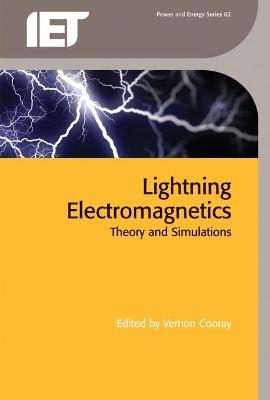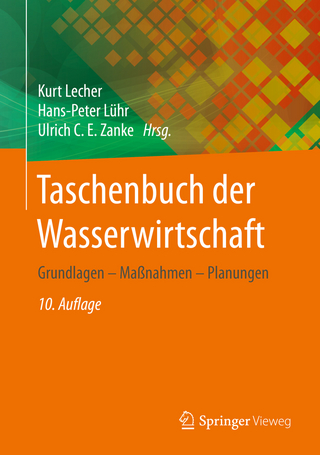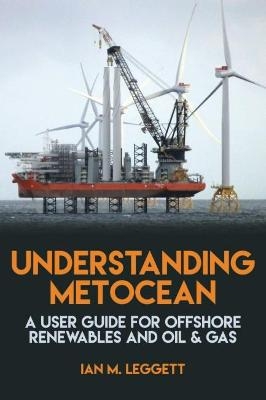
Lightning Electromagnetics
Institution of Engineering and Technology (Verlag)
978-1-84919-215-6 (ISBN)
Vernon Cooray is a leading professor of lightning research at Uppsala University. He has published more than 270 scientific articles on lightning and electrical discharges. Two other books edited by him on this subject, The Lightning Flash and Lightning Protection, were published in 2003 and 2009, respectively, by the IET, London.
Chapter 1: Basic electromagnetic theory - A summary
Chapter 2: Application of electromagnetic fields of an accelerating charge to obtain the electromagnetic fields of a propagating current pulse
Chapter 3: Basic discharge processes in the atmosphere
Chapter 4: Numerical simulations of non-thermal electrical discharges in air
Chapter 5: Modelling of charging processes in clouds
Chapter 6: The physics of lightning flash development
Chapter 7: Return stroke models for engineering applications
Chapter 8: Electromagnetic models of lightning return strokes
Chapter 9: Antenna models of lightning return-stroke: an integral approach based on the method of moments
Chapter 10: Transmission line models of lightning return stroke
Chapter 11: On the various approximations to calculate lightning return stroke-generated electric and magnetic fields over finitely conducting ground
Chapter 12: Propagation effects on electromagnetic fields generated by lightning return strokes: Review of simplified formulas and their validity assessment
Chapter 13: Lightning electromagnetic field calculations in presence of a conducting ground: the numerical treatment of Sommerfeld's integrals
Chapter 14: Measurements of lightning-generated electromagnetic fields
Chapter 15: The Schumann resonances
Chapter 16: Lightning effects in the mesosphere and ionosphere
Chapter 17: The effects of lightning on the ionosphere/magnetosphere
Chapter 18: Interaction of lightning-generated electromagnetic fields with overhead and underground cables
Chapter 19: Scale models and their application to the study of lightning transients in power systems
Chapter 20: Attachment of lightning flashes to grounded structures
Chapter 21: On the NOx generation in corona, streamer and low-pressure electrical discharges
Chapter 22: On the NOx production by laboratory electrical discharges and lightning
Chapter 23: High energetic radiation from thunderstorms and lightning
Chapter 24: Excitation of visual sensory experiences by electromagnetic fields of lightning
Chapter 25: Modelling lightning strikes to tall towers
| Erscheint lt. Verlag | 31.1.2012 |
|---|---|
| Reihe/Serie | Energy Engineering |
| Verlagsort | Stevenage |
| Sprache | englisch |
| Maße | 156 x 234 mm |
| Themenwelt | Naturwissenschaften ► Geowissenschaften ► Meteorologie / Klimatologie |
| Technik ► Elektrotechnik / Energietechnik | |
| ISBN-10 | 1-84919-215-4 / 1849192154 |
| ISBN-13 | 978-1-84919-215-6 / 9781849192156 |
| Zustand | Neuware |
| Informationen gemäß Produktsicherheitsverordnung (GPSR) | |
| Haben Sie eine Frage zum Produkt? |
aus dem Bereich


